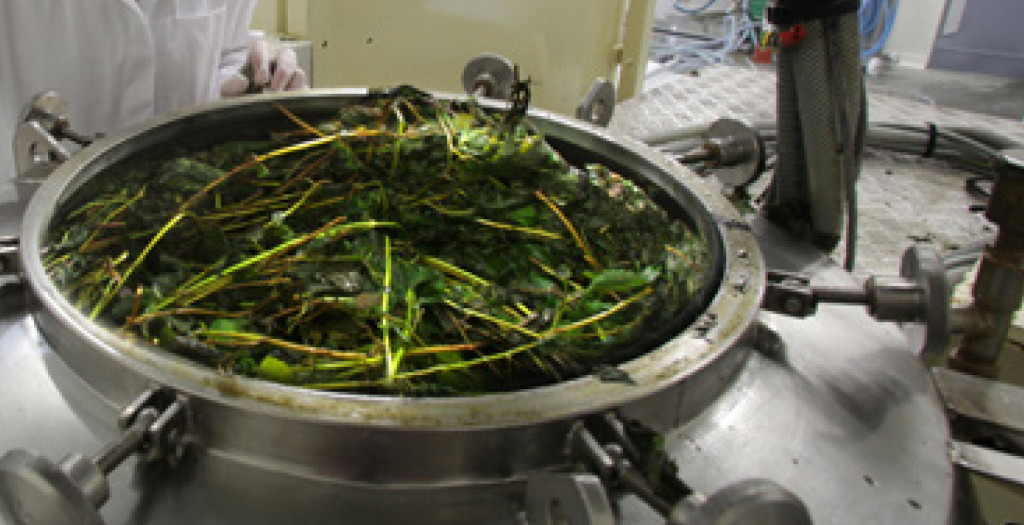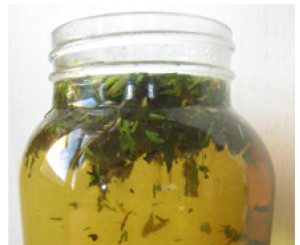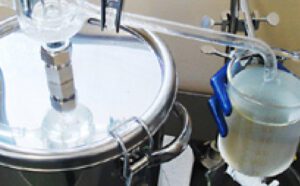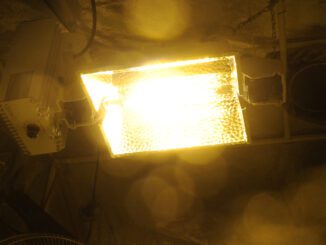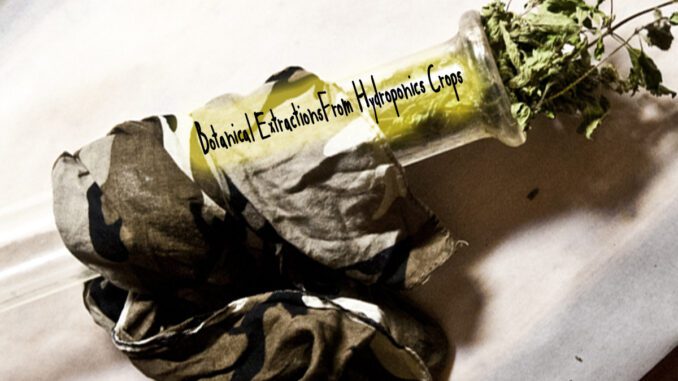
Botanical Extractions From Hydroponics Crops
By Jordan Gartenhaus (Grozine, Edition TEN)
www.grohaus-automation.com
Planted too much this year? Well, if you’ve got lot’s of leftovers from your harvest then you might consider using it to botanical extractions from hydroponics crops. That is, capturing the essence of a plant that makes it special or unique.
People have been making extracts for thousands of years, and you’ll be pleased to know that it really isn’t that difficult or expensive to do. And, depending on the variety of plant, the extract can be used in a multitude of applications. You can use extracted capsaicin from hot peppers to make your own topical creams for muscle aches. You can use potent extracts form vanilla beans, lemons, or peppermint in your favorite recipes. You can extract oil from avocados to make a healthy, high-temperature cooking oil. Or, you can extract the essence of your favorite flowers like lavender and make your own fragrances. The options are endless and it can be a lot of fun bottling what is arguably the most desirable elements of your harvest each year. Here’s how you can get started.
The method you’ll use to extract essential oils from your crops will depend on:
What it is that you’re looking to concentrate, and how much you’d like to invest in equipment.
For instance, if you’re growing a citrus crop like lemons, oranges, or tangerines, you can simply press the fragrant oils out of the peels (which is often only considered suitable for composting anyway). Using a press as opposed to other methods involving heat will help retain some of the desirable volatile components that would otherwise be lost.
Steeping plant material like dried peppers in organic solvents such as ethanol is another easy way to make extractions. Like making a cup of tea using a tea bag, you can soak the plant material in a vessel of alcohol for several hours and over time any miscible compounds will eventually dissolve. After a few hours you can use a strainer or other filter to separate the liquid from the plant material and then simply let the alcohol evaporate away. The remaining “stuff” you’ll be left with is a mixture of oils, resins, and waxes extracted from the plant.
A common method for extracting less accessible essential oils (Cedarwood oil for instance) is through a steam distiller. A steam distiller forces steam through plant material in order to liberate and subsequently vaporize the oils within. Once the oil becomes a vapor, it clings to the water vapor and is channeled into a collection vessel where the oil and water may be separated (most easily achieved through decanting). This method can be a little more challenging since you’ll need to buy some specialized equipment and because temperature regulation is key. Too much heat can destroy some of the delicate compounds you’re after. But this is a relatively simple, time-tested method for making great extractions, and you can find a plethora of “how-to” guides online.
An extraction method that’s gaining in popularity of late is the supercritical fluid extraction method. We all know that matter most commonly exists in three states depending on the ambient temperature and pressure: Solid, liquid, or gas. Well, it just so happens if you were to keep increasing the temperature and pressure beyond what’s called the “critical-point” (hence the, “super” in “supercritical”) the matter takes on characteristics that are not definitively liquid or gaseous, but a little bit of both. This is advantageous for extractions because now the fluid diffuses through matter like a gas, and dissolves solutes like a liquid solvent would. But unlike liquid organic solvents such as ethanol, supercritical fluids can’t exist at room temperature and pressure. So once the supercritical fluid soaks up all of the essential oils, simply bringing the supercritical fluid back to normal conditions will evaporate all of the remaining extractant, and leave behind only the plant byproducts.
Most often people use carbon dioxide (CO2) for Supercritical fluid extractions. That’s because CO2 is widely available, inexpensive, and is thoroughly non-toxic.
However, this isn’t meant to imply that supercritical extractions are inherently safe either.
Supercritical CO2 requires a tremendous amount of pressure, and if your extraction apparatus is poorly designed or assembled then you risk serious injury. So if you go down this route for extractions make sure you’re building or buying a quality product.
Making your own quality extracts can be really rewarding, if not immensely enjoyable. You can enhance or put a fun twist on your favorite recipes, make homemade medicines, or design your own fragrances. The applications are seemingly endless, so give it a shot sometime you have a free afternoon and see what kind of concoctions you can come up with.
Related Articles:
Biksa’s Grow Room: Growing Crops for Extracts
Crop Resin Production Testing

